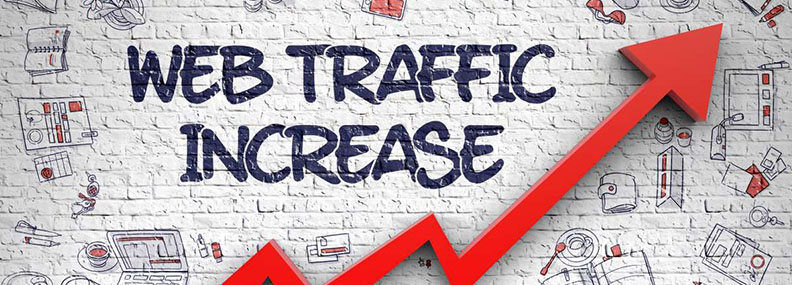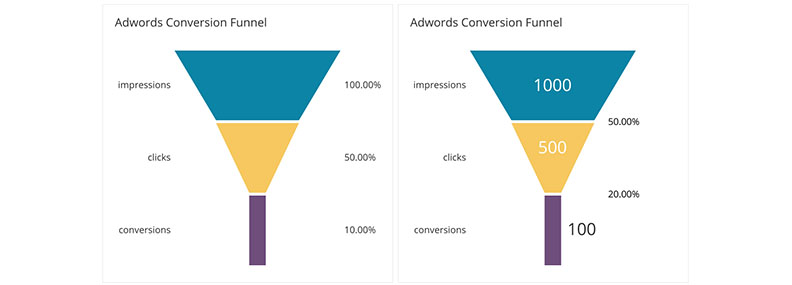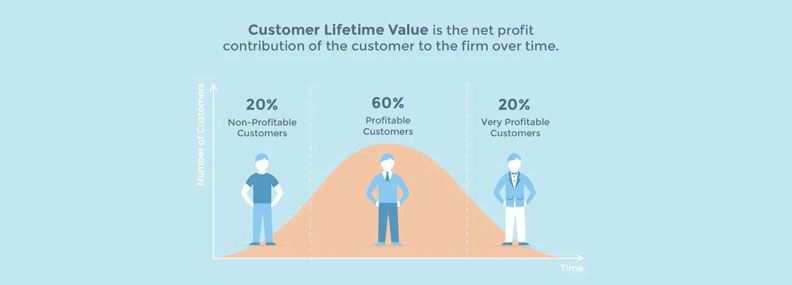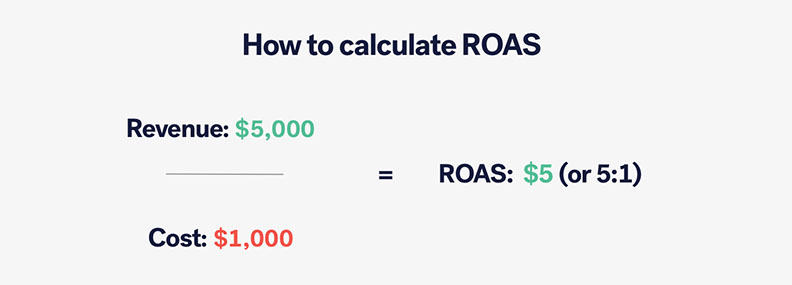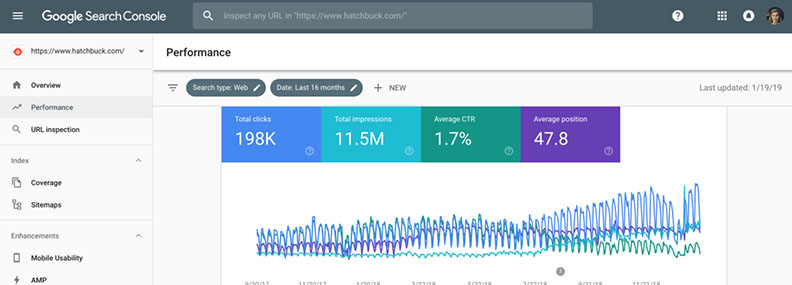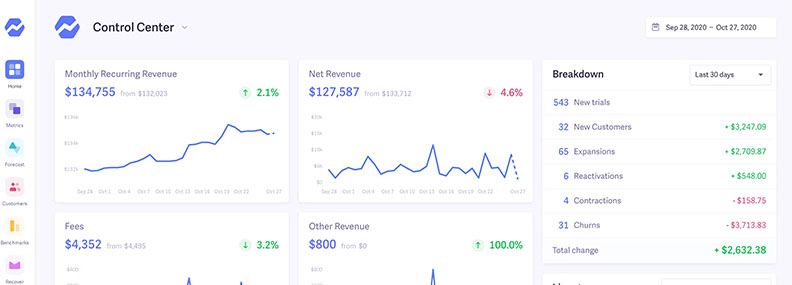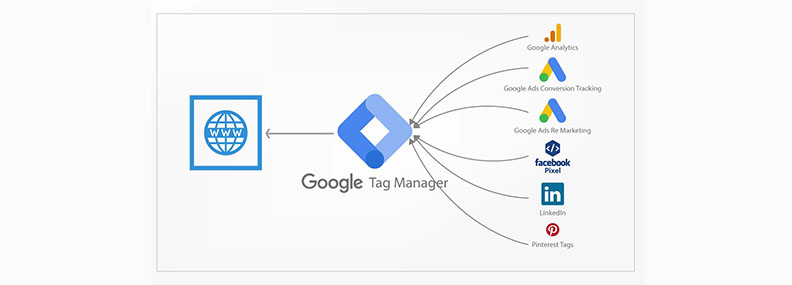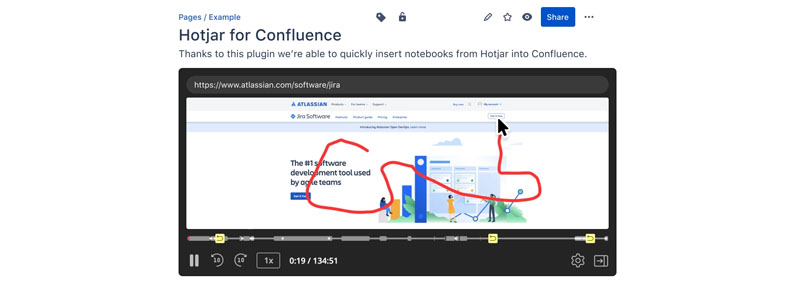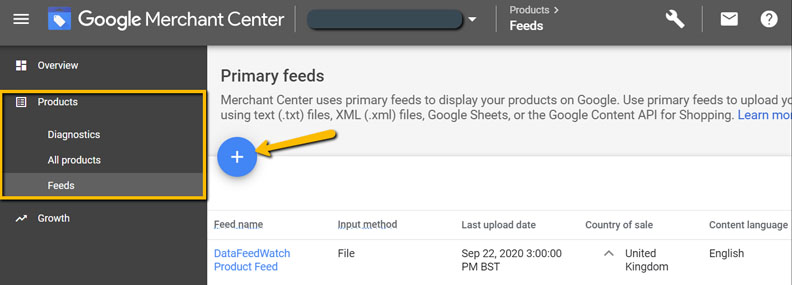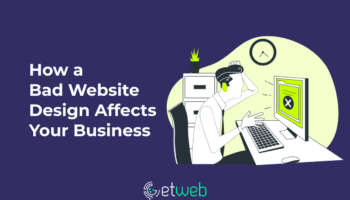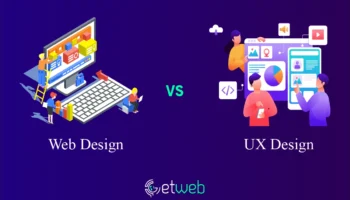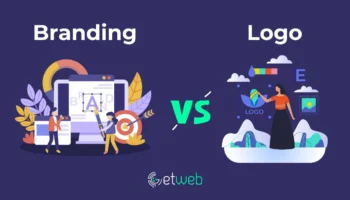Investing a lot of money in your eCommerce store but not seeing any significant growth? We’ve all been there – working day in day out to get there but all the effort going in vain eventually.
But after a lot of planning, strategies, and hurdles, you hit the sweet spot at some point and then luck turns into your favor!
There is a catch here though – nobody knows how to reach their “sweet spot” because this varies from one marketing strategy to another.
Then again, there are some ways to make your eCommerce venture a success in 2024 that we’ve listed down below.
This is your golden opportunity to see an increase in your web traffic, conversions, and ultimately – your sales volume!
Metrics to Consider
When analyzing the performance of your store, it’s of utmost importance to track the right metrics that are indicative of success.
These metrics give a clearer picture of how well your eCommerce website is performing and where improvements can be made.
This includes web traffic, bounce rate, time on site, average order value, conversion rate, customer lifetime value, cost per acquisition, and return on ad spend.
1. Website Traffic
Website traffic is the total number of visits to your eCommerce store over any given period of time.
This metric can be used to measure the success of your marketing efforts and the overall popularity of your store.
Increased website traffic typically means more customers and higher sales for eCommerce stores.
However, it’s important to note that not all traffic is created equal – you want high-quality traffic that is really interested in your brand, products, and services.
There are a number of ways to increase traffic, including SEO, paid advertising, and social media marketing.
Website traffic typically drops due to certain factors, which include poor user experience, slow loading pages, and a lack of relevant content.
You have to carefully audit your site and fix these issues immediately if identified.
2. Bounce Rate
Bounce rate is the percentage of visitors who leave your website after partially viewing only one page.
This metric indicates how engaged your website visitors are and can be used to determine if your site is providing a good user experience.
If your bounce rate is high, this means people are quickly leaving because they didn’t find what they were looking for on your website.
We have short attention span and we expect to see what we want to see within a few seconds of visiting a page.
This can be improved by making sure your website is properly optimized for search engines, providing relevant and engaging content, and using effective Call to Action (CTAs).
3. Time On Site
Time on site is the average amount of time that the visitors spend on your site.
This metric can be used to measure how interested people are in your content and can help you determine if there are any areas that need improvement.
If the time on site is low, this means people are not finding what they’re looking for or your content isn’t engaging enough.
You can improve this by making sure your website is properly optimized for search engines, providing relevant and engaging content, and using effective CTAs.
For eCommerce websites, it’s very important that you hook people on your website to boost their likelihood of making a purchase.
One way to do this is by adding related products, upsells, and cross-sells on product pages to keep them browsing for longer.
4. Average Order Value (AOV)
The average order value is the average amount of money that customers spend per purchase on your eCommerce store.
This metric can be used to measure how successful your pricing strategy is and whether you are offering the right products at the right price points.
If the AOV is low, this means you need to raise prices or offer more high-value products.
On the other hand, if the AOV is high, this means you need to offer lower-priced products or run sales more often.
Either way, it’s important to continually test different pricing strategies to see what works best for you.
5. Conversion Rate (CR)
Conversion rate is the percentage of visitors who complete a desired action on your eCommerce website, such as making a purchase or signing up for a newsletter.
This metric helps measure the effectiveness of your website and marketing efforts in converting visitors into customers.
While you may look at the AOV as the most important metric, in fact it’s the CR that matters most. Let’s say you get 10,000 visitors per month but only about 1% converts to paid customers.
However, if those customers have a high AOV, this won’t seem like a big issue.
But what if you could increase your conversion rate to 2% or even 5%, without sacrificing your AOV? That would result in significantly more revenue for your business.
Improving your conversion rate can be done by optimizing the user experience on your website, offering a clear value proposition and call to action, and continually testing and improving your marketing and sales funnel.
There are a number of ways to improve the conversion rate, including optimizing your site for mobile devices, improving site speed, providing clear CTAs, and offering compelling deals and promotions.
6. Customer Lifetime Value (CLV)
Customer lifetime value is a prediction of the total revenue that a customer will bring to your business throughout their relationship and involvement with your brand.
This metric helps you understand the true value of each customer and can be used to prioritize your acquisition and retention efforts.
A low CLV indicates that you may need to improve your customer retention strategies or offer more high-value products and services.
A high CLV means that your current acquisition and retention efforts are successful, but it’s important to continually test and optimize these strategies to maintain a high CLV.
Improving CLV can be done by providing exceptional customer service, offering personalized experiences, upselling and cross-selling, and retaining customers through loyalty programs.
It’s important to continually track CLV and make adjustments as necessary to ensure long-term profitability for your eCommerce business.
7. Cost Per Acquisition (CPA)
Cost per acquisition is the cost associated with acquiring a new customer, calculated by dividing the total advertising and marketing costs by the number of new customers acquired.
This metric helps measure the effectiveness and efficiency of your acquisition efforts.
In simpler terms, let’s say you spend $100 to get 10 new customers, your CPA would be $10.
A high CPA indicates that you need to reevaluate your marketing budget or focus more on target acquisition strategies.
However, a low CPA means that your acquisition efforts are successful and cost-efficient, but it’s important to continually track and optimize this metric.
8. Return on Ads Spend (ROAS)
Return on ad spend is a metric that measures the profitability of your advertising efforts, calculated by dividing the revenue generated from ads by the cost of the ads.
This metric helps measure the effectiveness of your advertising campaigns and can be used to optimize your ad spending.
A high ROAS indicates that your advertising campaigns are successful and profitable while a low ROAS means that you need to reevaluate your targeting strategies or adjust your ad budget.
It’s important to continually track and optimize your ROAS to ensure the most profitable advertising efforts for your eCommerce business.
Tips & Tricks to Grow Your eCommerce Website
Let’s be honest – we practically don’t have much time to focus on the different metrics mentioned above.
Usually, factors like supply chain management, communication with suppliers and customers, website design and marketing strategies take most of our attention.
However, tracking and analyzing these metrics is crucial for the success and growth of your business.
Here are some tips and tricks to improve these metrics:
- Offer exceptional customer service – happy customers are more likely to make repeat purchases and recommend your brand to others, increasing CLV and customer retention
- Utilize targeted advertising – targeting your ads to the right audience will improve conversion rate and lower CPA
- Continually test and optimize all aspects of your business – from website design to sales funnels to branding, small changes can make a big impact on these metrics and ultimately drive growth for your eCommerce business
- Introduce loyalty programs – retaining customers through loyalty programs can help improve CLV and customer retention
- Focus on personalization – personalized experiences can increase customer satisfaction and ultimately drive sales, improving CLV and conversion rate
- Stay up to date on industry trends and technology advancements – staying ahead of the game can give you a competitive advantage
Essential Tools for Tracking Website Metrics
That’s not all! You need to set up proper tracking methods so you can measure and optimize the success of your website and marketing efforts.
You van use tools like Google Analytics to track the traffic and conversions, and set up goals to measure the success of your campaigns.
Let’s look at a few tools that you can use as an ecommerce webmaster.
Google Analytics
Google Analytics is a powerful tool for eCommerce websites – it allows you to track website traffic, conversions, and customer behavior.
This helps gain valuable insights on how to optimize your website and advertising campaigns for success.
Not only that, you can use it to track sales and revenue from your website, allowing you to measure how your eCommerce efforts are faring.
Google Search Console
Google Search Console is a free tool that allows you to track your website’s performance on Google search.
This includes search terms and keywords, click-through rates, and potential technical issues with your website.
By optimizing for search terms and fixing any technical issues, you can improve the visibility of your eCommerce website on search engines and drive more organic traffic.
Baremetrics
Baremetrics allows you to track key metrics for your eCommerce business, including monthly recurring revenue and customer retention rate.
This can provide valuable insights on the success of your subscription model and the overall performance of your eCommerce business.
With Baremetrics, you can make data-driven decisions to improve and optimize the growth of your eCommerce website.
Google Tag Manager
If you’re trying to measure the success of specific campaigns or website elements, Google Tag Manager is a valuable option.
It allows you to add and manage tracking tags for various marketing platforms and tools, making it easier to track and measure the success of your efforts.
You can measure button clicks, form submissions, and other website interactions for better optimization and improvement.
Hotjar
It’s important that you understand what the users are doing when they visit your website.
Hotjar allows you to see the behavior and actions of the visitors through heatmaps, recordings, polls, and surveys.
This gives you some idea on how to improve user experience and optimize conversions.
By analyzing what the users are doing and where they’re spending most of their time when browsing your platform, you can make changes to improve your conversion rate.
Google Merchant Center
If you have an eCommerce website, it’s important to list your products on Google. This can improve the visibility of your products and drive more traffic to your site.
Google Merchant Center allows you to upload product information, including images and pricing for displaying on Google search and shopping ads.
By optimizing your product listings and staying up to date on Google’s guidelines, you can drive more traffic and sales for your eCommerce business.
In conclusion, there are a variety of tools that can help drive growth for your eCommerce website. Utilize metrics tracking, optimize for search engines, improve user experience, and list your products on Google to drive website traffic and increase online sales.
Stay up to date on industry trends and technology advancements to stay ahead of the game and give yourself a competitive advantage.
FAQs
1. What are The Key Benefits of Growing an eCommerce Website?
You get to enjoy advantages like increased website traffic, online sales, and customer loyalty. Additionally, eCommerce websites can improve brand visibility and ensure a competitive advantage in the industry.
By utilizing the latest technology advancements and trends, you are able to stay ahead of the competition.
2. What are The Key Factors For Success in eCommerce?
This depends on a variety of factors, including well-designed and user-friendly website design, effective marketing strategies, competitive pricing, and excellent customer service.
By continuously striving for improvement and optimization, eCommerce businesses can drive growth and achieve success in the industry.
3. What are Some Common Mistakes Made in eCommerce Businesses?
The most common ones are not optimizing for search terms, poor website design and navigation, ineffective marketing strategies, and lack of mobile optimization.
It’s important to continuously analyze metrics and gather feedback from customers to identify areas for improvement and avoid common mistakes.
4. How Can I Improve My eCommerce Website?
Regular monitoring, gathering feedback, and using metrics tracking tools can provide valuable insights on areas for improvement in your eCommerce website.
Some potential improvements may include optimizing posts for search terms, improving website design and navigation, and ensuring mobile optimization.

 Let's Talk
Close
Let's Talk
Close


